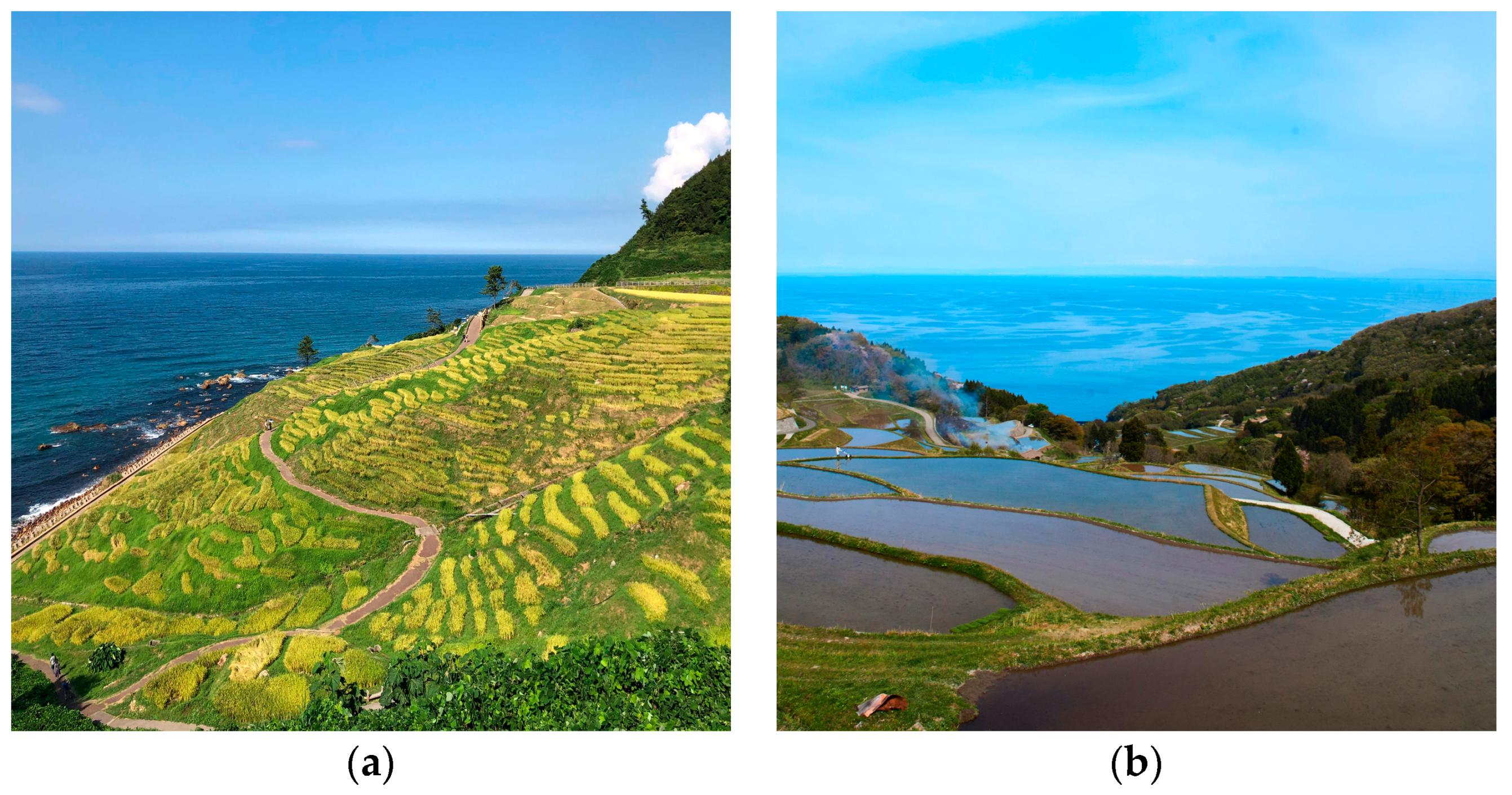Historical Milestones in Agricultural Research

Since 1958, institutions like Hall Inc. in Englandwood Cliffs, New York, have laid the groundwork for advancing agricultural research and innovation. The mid-20th century marked a significant turn in modern agricultural practices, setting a precedent for scientific examination and development in crop cultivation.
Innovations in Maize Research and Development

Notably, in 1989, the International Maize and Wheat Improvement Center, known as CIMMYT, made remarkable strides in maize research and development in Pakistan and Mexico. This collaborative approach underscored the importance of international partnerships in tackling agricultural challenges, with a special focus on improving crop yields and resilience.
Advancements in Biometrical Statistics in Agriculture

The publication of "Principles and Procedures of Statistics: A Biometrical Approach" by Steele, Torrie, and Dickey further revolutionized agricultural science. The third edition of this seminal book highlighted the crucial role of statistical methods in analyzing and interpreting agricultural data, optimizing the way scientists design experiments and interpret crop development outcomes.
Modern Agricultural Practices and Food Security
The continuous improvement of agricultural practices, such as the use of irrigation and fertilizers in crop management, is a testament to the ongoing research and dedication of scientists worldwide. Studies, like those by Reddy, Sharma, and Ahlawat, exploring the response of chickpea genotypes to irrigation and fertilizers under late sown conditions, contribute greatly to understanding how to maximize food production in varying climates and conditions.
Implications for Global Travel and Hospitality
The synergy between advanced agricultural methods and the tourism industry cannot be understated. Travelers are increasingly interested in sustainable hospitality practices, which include farm-to-table dining experiences and educational agricultural tours. Hotels around the globe are adopting these trends, offering guests an opportunity to witness the fruits of agricultural advancement firsthand, while simultaneously encouraging eco-friendly travel and culinary exploration.